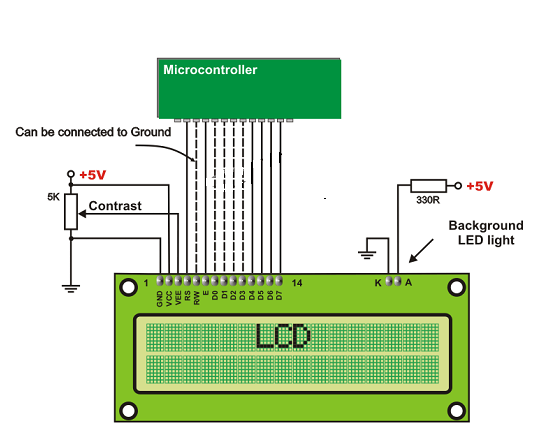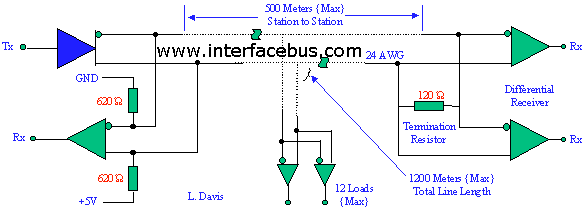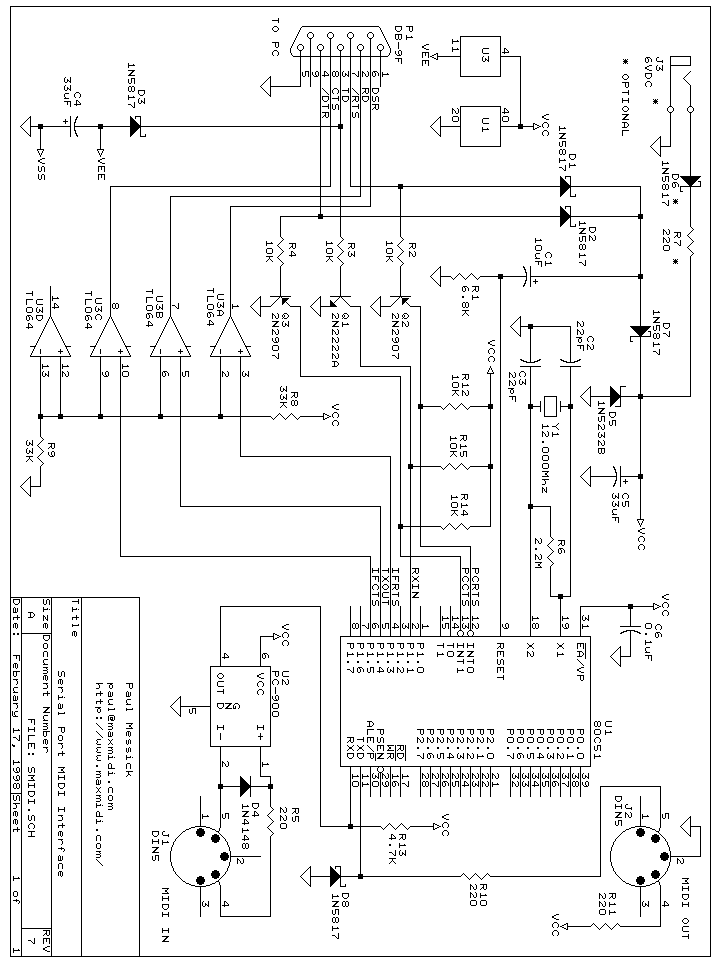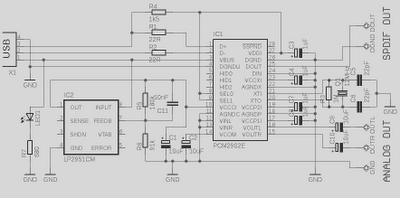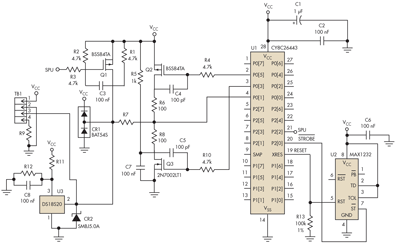
4bit alphanumeric LCD interface 8051

The circuit utilizes a total of seven pins from the microcontroller's GPIO. Consequently, the LCD module requires only one port out of four available. The EN line, known as "Enable," is a control line that indicates to the LCD that data is being sent. To transmit data to the LCD, the EN line should be set to low (0), followed by configuring the other two control lines and/or placing data on the data bus. Once the other lines are ready, the EN line is brought high (1) and maintained for the minimum duration specified in the LCD datasheet, which may vary between different LCD models, before returning it to low (0). The RS line, or "Register Select" line, is used to determine the type of data being sent. When RS is low (0), the data is interpreted as a command or special instruction (e.g., clearing the screen or positioning the cursor). When RS is high (1), the data represents text that should be displayed on the screen; for instance, to show the letter "T," RS would be set high. The RW line, or "Read/Write" control line, indicates the direction of data flow. When RW is low (0), data on the data bus is written to the LCD. Conversely, when RW is high (1), the program is reading from the LCD. The only read command available is "Get LCD status," while all other instructions are write commands, meaning RW will typically remain low. Using the LCD in 4-bit data mode conserves four GPIO lines, making it a widely used configuration. The most significant bit (MSB) of any data or command is sent first over the initial four bits, followed by the least significant bits (LSB), which are transmitted by shifting the data byte four times to the left.
The described circuit leverages a microcontroller to interface with an LCD module, optimizing the use of GPIO pins while ensuring efficient data communication. The approach of utilizing seven GPIO pins allows for a streamlined connection, making the design suitable for applications with limited pin availability. The control lines—EN, RS, and RW—play crucial roles in managing the data flow between the microcontroller and the LCD.
In 4-bit mode, the data bus is reduced to four lines, which significantly conserves GPIO resources. The transmission sequence begins with setting the EN line low to prepare for data input. After configuring the RS line to indicate the type of data and ensuring the data bus is populated with the appropriate bits, the EN line is activated by setting it high. This transition signals the LCD to process the incoming data. The timing of this high signal is critical and must adhere to the specifications outlined in the LCD's datasheet to ensure reliable operation.
The RS line's dual functionality allows for flexible communication, distinguishing between command and data modes. The RW line provides a mechanism for reading status from the LCD, although it is predominantly used in write mode, thus simplifying the control logic in most applications.
In summary, this configuration is not only efficient in terms of pin usage but also supports a clear and organized method for controlling an LCD, making it ideal for various embedded systems and display applications. The systematic approach to data transmission and command execution enhances the reliability and performance of the circuit.using only total of 7 pins from your microcontrollers GPIO. So LCD module will cost only single port out of fours. >> The EN line is called "Enable. " This control line indicates to the LCD that we are sending it data. To send data to the LCD, the EN should be low (0) and then set the other two control lines and/or put data on the data bus. When the other lines are completely ready, bring EN high (1) and wait for the minimum amount of time required by the LCD datasheet (this varies from LCD to LCD), and end by bringing it low (0) again. >> The RS line is the "Register Select" line. When RS is low (0), the data is to be treated as a command or special instruction (such as clear screen, position cursor, etc.
). When RS is high (1), the data being sent is text data, which should be displayed on the screen. For example, to display the letter "T" on the screen we would set RS high. >>The RW line is the "Read/Write" control line. When RW is low (0), the information on the data bus is being written to the LCD. When RW is high (1), the program is effectively querying (or reading) the LCD. Only one instruction ("Get LCD status") is a read command. All others are written commands so RW will almost always be low. >>While using LCD in 4 bit data mode it saves 4 bits of our total GPIO lines, thatGƒ ƒ ‚Gƒ ‚ ’s why it is most commonly used. MSB of any data or commnad is sent first over 4 bits and then 4 LSB sent by shifting the data byte 4 times left.
🔗 External reference
The described circuit leverages a microcontroller to interface with an LCD module, optimizing the use of GPIO pins while ensuring efficient data communication. The approach of utilizing seven GPIO pins allows for a streamlined connection, making the design suitable for applications with limited pin availability. The control lines—EN, RS, and RW—play crucial roles in managing the data flow between the microcontroller and the LCD.
In 4-bit mode, the data bus is reduced to four lines, which significantly conserves GPIO resources. The transmission sequence begins with setting the EN line low to prepare for data input. After configuring the RS line to indicate the type of data and ensuring the data bus is populated with the appropriate bits, the EN line is activated by setting it high. This transition signals the LCD to process the incoming data. The timing of this high signal is critical and must adhere to the specifications outlined in the LCD's datasheet to ensure reliable operation.
The RS line's dual functionality allows for flexible communication, distinguishing between command and data modes. The RW line provides a mechanism for reading status from the LCD, although it is predominantly used in write mode, thus simplifying the control logic in most applications.
In summary, this configuration is not only efficient in terms of pin usage but also supports a clear and organized method for controlling an LCD, making it ideal for various embedded systems and display applications. The systematic approach to data transmission and command execution enhances the reliability and performance of the circuit.using only total of 7 pins from your microcontrollers GPIO. So LCD module will cost only single port out of fours. >> The EN line is called "Enable. " This control line indicates to the LCD that we are sending it data. To send data to the LCD, the EN should be low (0) and then set the other two control lines and/or put data on the data bus. When the other lines are completely ready, bring EN high (1) and wait for the minimum amount of time required by the LCD datasheet (this varies from LCD to LCD), and end by bringing it low (0) again. >> The RS line is the "Register Select" line. When RS is low (0), the data is to be treated as a command or special instruction (such as clear screen, position cursor, etc.
). When RS is high (1), the data being sent is text data, which should be displayed on the screen. For example, to display the letter "T" on the screen we would set RS high. >>The RW line is the "Read/Write" control line. When RW is low (0), the information on the data bus is being written to the LCD. When RW is high (1), the program is effectively querying (or reading) the LCD. Only one instruction ("Get LCD status") is a read command. All others are written commands so RW will almost always be low. >>While using LCD in 4 bit data mode it saves 4 bits of our total GPIO lines, thatGƒ ƒ ‚Gƒ ‚ ’s why it is most commonly used. MSB of any data or commnad is sent first over 4 bits and then 4 LSB sent by shifting the data byte 4 times left.
🔗 External reference
